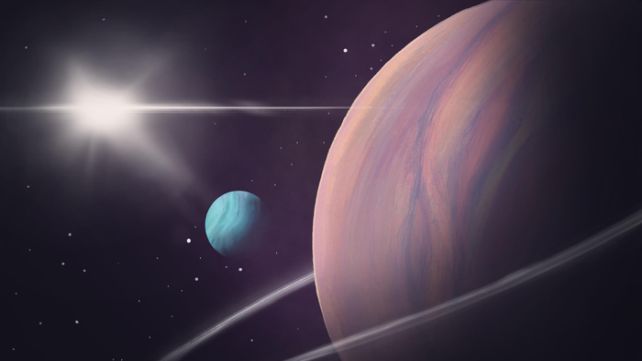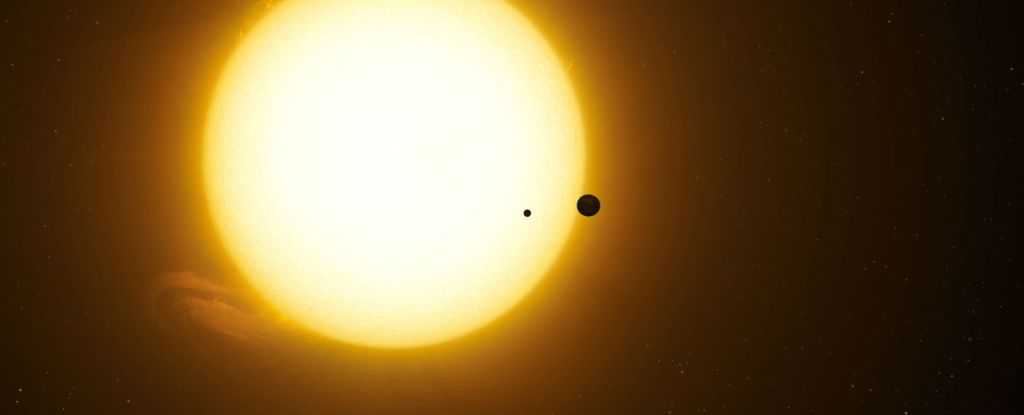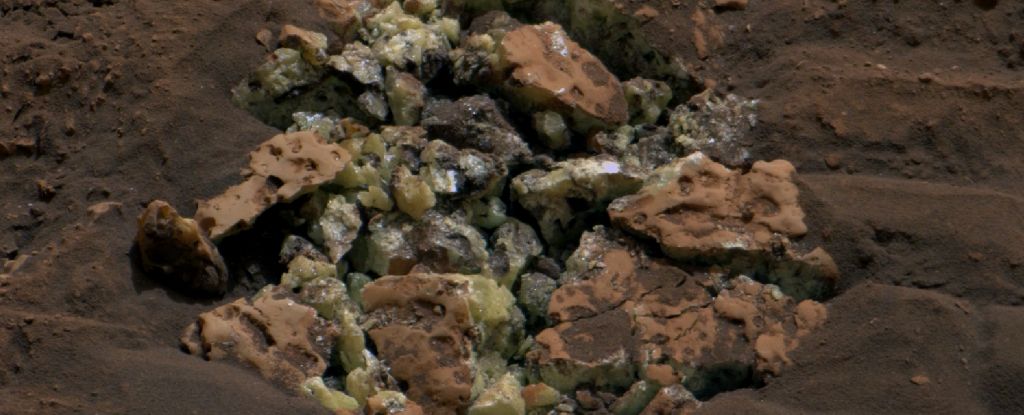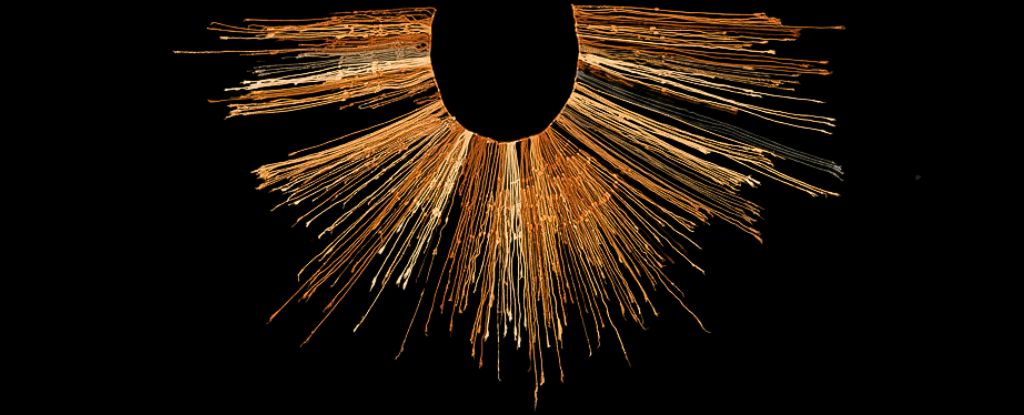It turns out we probably haven’t detected hints of alien moons in the Milky Way after all.
New research shows evidence of two distant moons orbiting worlds outside the Solar System better fits other explanations. Since those were the only two candidates on the table, we’re going to have to go back to the drawing board in the hunt for exomoons.
But all is not lost. The techniques used to rule out the presence of satellites orbiting exoplanets Kepler-1625b and Kepler-1708b can also be used to find such moons in future observations.
“We would have liked to confirm the discovery of exomoons around Kepler-1625b and Kepler-1708b,” says astrophysicist René Heller of the Max Planck Institute for Solar System Research. “But unfortunately, our analyses show otherwise.”
Space should be absolutely crawling with moons. In the Solar System alone, so far we have counted nearly 300, with more turning up all the time; that’s at least 37 times the number of planets. To date, over 5,550 exoplanets have been confirmed. Doing the math, that should mean a metric heckton of exomoons.
But, well, finding them is another matter entirely. Finding exoplanets is already pretty hard; they’re very small, very dim, and very far away. Exomoons would be even smaller and dimmer – and often so close to their host exoplanets that separating out the signal becomes extremely difficult.
We usually find exoplanets based on their transits. This is when a distant world orbiting a distant star passes between us and its star, causing the star’s light to dim very, very minutely. If a few of these transits occur at regular intervals, why, then, you’ve probably got yourself an exoplanet.
In a 2018 paper, a team of astronomers revealed that they had made a tentative detection of an exomoon-like signal accompanying the transits of exoplanet Kepler-1625b.
A year later, two separate independent analyses were unable to replicate those observations, suggesting that, whatever the signal was in the 2018 paper, it probably wasn’t an exomoon.
A paper on a second exomoon candidate was published in early 2022, orbiting the exoplanet Kepler-1708b. Now it, too, appears to be dead in the water.
Heller and his colleague, astrophysicist Michael Hippke of Sonneberg Observatory, designed an algorithm to detect and characterize the transits of exoplanets with exomoons, named Pandora.
The researchers trained Pandora by calculating the transits for all possible sizes, distances, and orbital configurations of exoplanets and their exomoons, and feeding that information into the algorithm.
Then, they used Pandora to take a closer look at the data on Kepler-1708b. And they found that the observations used to infer the presence of an exomoon can be just as easily explained by an exoplanet orbiting alone.
“The probability of a moon orbiting Kepler-1708b is clearly lower than previously reported,” Hippke says. “The data do not suggest the existence of an exomoon around Kepler-1708b.”

They also took a look at Kepler-1625b, and found that the observations can be explained by a difference between the wavelengths in which the two different telescopes that observed the star – Kepler and Hubble – can explain the effect attributed to an exomoon.
This means that the detection was a false positive, which the researchers say is pretty unsurprising. So that’s two for two, which means we’re still yet to find an exomoon in the Milky Way. But Pandora suggests that there is hope.
The team used their algorithm to predict what sort of exomoon we might expect to find using our current technology; it would have to be a big one, at the very least almost the size of Earth, with a relatively wide orbital separation from its host, almost like a planetary binary.
This is also pretty unsurprising. In space, we’re likely to find outliers first, on the larger end of the gamut, because they’re brighter and therefore easier to find. The smaller things will come later as our technology and techniques improve.
And given that small things are far more numerous in space than big ones, there may be a whole plethora of exomoons out there, just waiting for us to be able to find them.
But, first things first. Just one would be amazing. One strange, oddball, giant exomoon, full of strange and wild secrets to uncover.
“The first exomoons that will be discovered in future observations,” Heller says, “will certainly be very unusual and therefore exciting to explore.”
The research has been published in Nature Astronomy.





